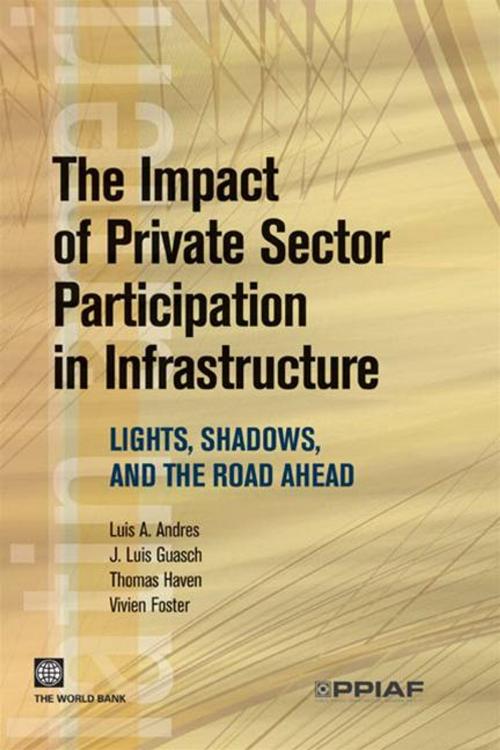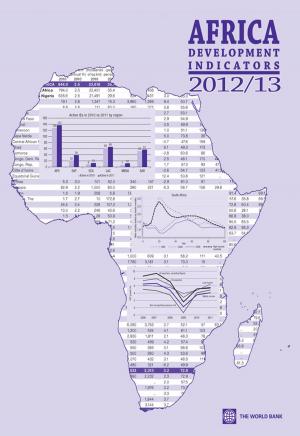The Impact Of Private Sector Participation In Infrastructure: Lights, Shadows, And The Road Ahead
Business & Finance, Business Reference, Infrastructure| Author: | Andres Luis; Foster Vivien; Guasch Jose Luis; Haven Thomas | ISBN: | 9780821374092 |
| Publisher: | World Bank | Publication: | July 25, 2008 |
| Imprint: | Language: | English |
| Author: | Andres Luis; Foster Vivien; Guasch Jose Luis; Haven Thomas |
| ISBN: | 9780821374092 |
| Publisher: | World Bank |
| Publication: | July 25, 2008 |
| Imprint: | |
| Language: | English |
Infrastructure plays a key role in fostering growth and productivity and has been linked to improved earnings, health, and education levels for the poor. Yet Latin America is currently faced with a dangerous combination of relatively low public and private infrastructure investment. Those investment levels must increase, and it can be done. If Latin American and Caribbean governments are to increase infrastructure investment in politically feasible ways, it is critical that they learn from experience and have an accurate idea of future impacts. This book contributes to this aim by producing what is arguably the most comprehensive privatization impact analysis in the region to date, drawing on an extremely comprehensive dataset.
Infrastructure plays a key role in fostering growth and productivity and has been linked to improved earnings, health, and education levels for the poor. Yet Latin America is currently faced with a dangerous combination of relatively low public and private infrastructure investment. Those investment levels must increase, and it can be done. If Latin American and Caribbean governments are to increase infrastructure investment in politically feasible ways, it is critical that they learn from experience and have an accurate idea of future impacts. This book contributes to this aim by producing what is arguably the most comprehensive privatization impact analysis in the region to date, drawing on an extremely comprehensive dataset.















